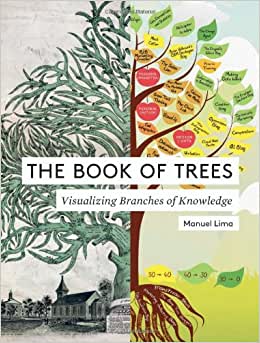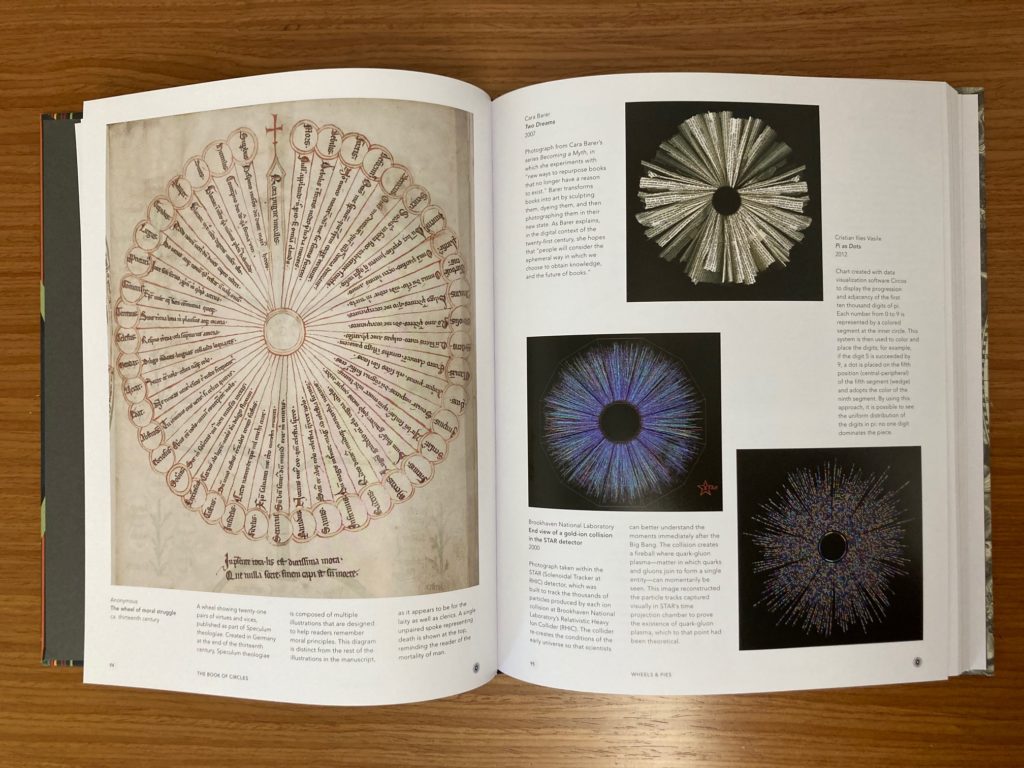I’m thrilled to announce that my second book is officially out! I’m pleased to share the book “Managing Data for Patron Privacy: Comprehensive Strategies for Libraries“, which was co-written with the amazing Becky Yoose and published by ALA Editions.

Summary: Libraries are not exempt from the financial costs of data breaches or leaks, no matter the size. Whether from a library worker unwittingly sharing a patron’s address with a perpetrator of domestic violence to leaving sensitive patron data unprotected, patrons can also pay a hefty price when libraries fail to manage patron data securely and ethically. In Kristin Briney and Becky Yoose’s new guide “Managing Data for Patron Privacy: Comprehensive Strategies for Libraries,” published by ALA Editions, readers will learn concrete action steps for putting the ethical management of data into practice, following two common public and academic library cumulative case studies. The authors explore such key topics as:
- succinct summaries of major U.S. laws and other regulations and standards governing patron data management;
- information security practices to protect patrons and libraries from common threats;
- how to navigate barriers in organizational culture when implementing data privacy measures;
- sources for publicly available, customizable privacy training material for library workers;
- the data life cycle from planning and collecting to disposal;
- how to conduct a data inventory;
- understanding the associated privacy risks of different types of library data;
- why the current popular model of library assessment can become a huge privacy invasion;
- addressing key topics while keeping your privacy policy clear and understandable to patrons; and
- data privacy and security provisions to look for in vendor contracts.
On a more personal note, this will probably always be “the COVID book” in my mind as I got the request to submit a proposal for what would become this book the week after the USA shut down in March 2020, I caught COVID halfway through writing the book and wrote half of my chapters while dealing with long COVID, and caught COVID again the week the book was published. The last two years have been absolute roller coasters but I could not have asked for a better partner to bring this project to light than Becky. I’m so incredibly proud of what we did together. I hope that you all find value in the book and buy a copy so that us two ex-Wisconsinites can afford to get The Good Cheese shipped to the west coast.







